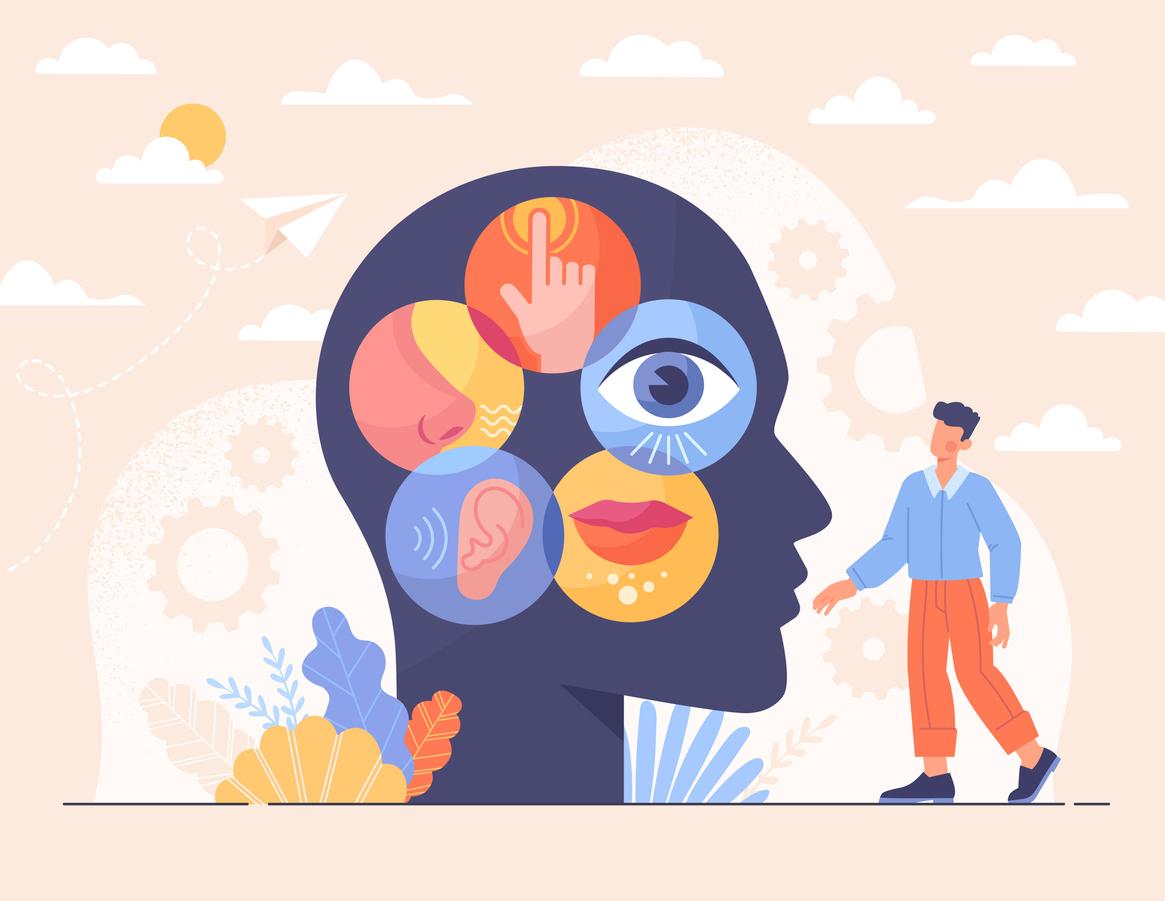Reversing age-related memory loss in mice could lead to the development of treatments to prevent memory loss in aging people.

- This reversal of the process takes place at the level of the extracellular matrix of the brain, which corresponds to the “scaffolding” around the nerve cells, which is responsible for memory loss with aging.
- The researchers succeeded in restoring neuroplasticity and reversing the process of memory loss.
- The aged mice showed memory levels equivalent to those of the young mice.
Reversing the aging curve has been feeding scientific research almost forever. In new research, British researchers from the universities of Cambridge and Leeds have managed to make age-related memory loss reversible in mice. These results, presented on July 16 in the journal Molecular Psychiatrycould lead to the development of treatments to prevent memory loss in aging people, they believe.
Restore the process of neuroplasticity
This reversal of the process takes place at the level of the extracellular matrix of the brain, which corresponds to the “scaffolding” around the nerve cells, which is responsible for memory loss with aging. Thanks to genetic treatments, researchers have managed to target the perineuronal networks (PNN) in neuroplasticity, which is the brain’s ability to learn and adapt, but also to create memories. They appear around the age of five in humans, and block the period of enhanced plasticity during which the connections in the brain are optimized. Then the plasticity is partially turned off, making the brain more efficient but less plastic. Inside PNNs are compounds called chondroitin sulfates, some of which, like chondroitin 4-sulfate, inhibit the action of PNNs and therefore neuroplasticity, while others boost it, like chondroitin 6- sulfate. As we age, the balance between compounds changes and those with inhibitory action take over and lead to memory decline.
Researchers investigated whether manipulating the chondroitin sulfate composition of PNNs could restore neuroplasticity and therefore alleviate age-related memory deficits. For this, they examined mice aged 20 months, which is an advanced age, with impaired memory. They treated these aging mice with a “viral vector”, a virus capable of replenishing the amount of chondroitin sulfates to 6 sulfates in the PNNs. They found that this completely restored their memory and it showed levels similar to that seen in the younger mice.
A drug already identified
“Although our study only involved mice, the same mechanism should work in humans since the molecules and structures in the human brain are the same as those in rodents.says James Fawcett, researcher at the University of Cambridge and author of the study. This suggests that it is possible to prevent humans from developing memory loss in old age.”
The team has already identified a potential drug that can be taken orally and inhibits PNN formation. When this compound is given to mice and rats, it can restore memory during aging and also improves recovery from spinal cord injury. Researchers are studying whether it can help alleviate memory loss in Alzheimer’s.















